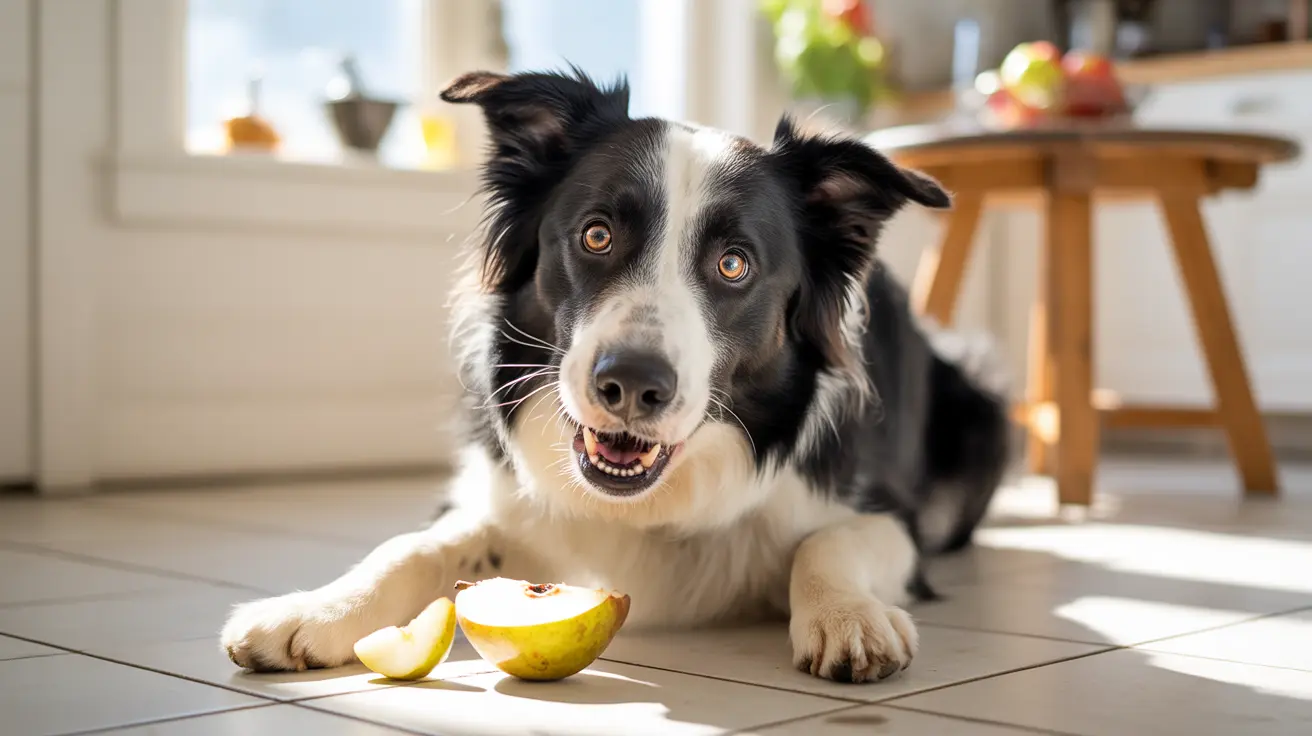What is Fine Needle Aspiration for Dogs?
Fine needle aspiration (FNA) is a crucial diagnostic procedure that helps veterinarians evaluate concerning lumps, masses, or internal abnormalities in dogs. This minimally invasive technique involves using a thin needle to collect cells or fluid samples for microscopic examination, providing valuable insights into potential health issues.
For many dog owners, understanding FNA results can be both critical and challenging. This comprehensive guide will explain what the procedure entails, how results are interpreted, and what they mean for your pet's health.
The Fine Needle Aspiration Procedure
During an FNA, your veterinarian will insert a small needle into the area of concern, whether it's a visible lump or an internal organ. The procedure typically takes just a few minutes and rarely requires sedation for external masses. For internal examinations, ultrasound guidance and light sedation may be necessary.
The collected sample is then spread onto slides, stained, and examined under a microscope. This analysis can reveal important information about the cellular composition of the mass or abnormality.
Understanding Your Dog's FNA Results
Results from fine needle aspiration typically fall into several categories:
- Normal tissue cells
- Inflammatory cells (indicating infection or inflammation)
- Benign tumor cells
- Suspicious or potentially malignant cells
- Non-diagnostic samples (insufficient cells for analysis)
Your veterinarian will receive a detailed report describing the cellular characteristics and any concerning findings. These results help determine whether further testing or treatment is necessary.
Timeframe for Receiving Results
The timing of FNA results varies depending on where the analysis is performed:
- In-house analysis: Results often available within 30 minutes
- External laboratory: Usually 2-4 business days
- Special staining or additional testing: May take 5-7 days
Accuracy and Limitations
While FNA is a valuable diagnostic tool, it's important to understand its limitations. The procedure's accuracy varies depending on several factors:
- Type of mass being sampled
- Location of the abnormality
- Skill of the person performing the procedure
- Quality of the sample obtained
- Experience of the pathologist analyzing the results
Some masses, particularly firm or fibrous tumors, may not yield enough cells for a definitive diagnosis, potentially requiring additional testing such as a surgical biopsy.
Next Steps After FNA Results
Based on the FNA results, your veterinarian will recommend one of several paths:
- Monitoring: For benign masses that don't require immediate intervention
- Additional testing: Such as biopsies, blood work, or imaging
- Treatment: Including surgery, medication, or other therapeutic options
- Referral to a specialist: For complex cases requiring specialized care
Frequently Asked Questions
What do fine needle aspiration (FNA) results mean for my dog's lump or mass?
FNA results provide information about the cellular makeup of your dog's mass, helping determine if it's benign, malignant, inflammatory, or infectious. These results guide your veterinarian in developing an appropriate treatment plan.
How accurate are fine needle aspiration results in diagnosing dog tumors or infections?
FNA accuracy varies depending on the type of mass and sample quality. The procedure is typically 60-90% accurate for easily accessible masses but may be less reliable for dense or deep-seated tumors.
How soon can I expect to get my dog's fine needle aspiration results after the procedure?
Results timing varies: in-house analysis can provide results within 30 minutes, while external laboratory analysis typically takes 2-4 business days.
Can fine needle aspiration reliably distinguish between benign and malignant tumors in dogs?
FNA can often differentiate between benign and malignant tumors, but some cases may require additional testing for a definitive diagnosis, especially with complex or unusual masses.
What are the next steps if my dog's fine needle aspiration results are inconclusive or show cancer?
If results are inconclusive, your veterinarian may recommend a surgical biopsy or additional imaging. For cancer diagnoses, they will discuss treatment options, which may include surgery, chemotherapy, or radiation therapy, depending on the type and stage of cancer.
Conclusion
Fine needle aspiration is a valuable diagnostic tool that provides crucial information about your dog's health concerns. While not always definitive, FNA results help veterinarians make informed decisions about treatment plans and next steps. Understanding these results empowers pet owners to make better decisions about their dog's healthcare journey.






